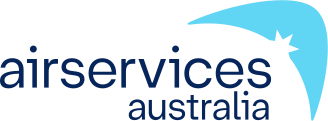Canberra Airport NAP 1: Preferred Runway Use
The NAP lists the preferred runways during daytime hours as:
Priority 1: Arriving Runway 35/ Runway 17/ Runway 30 and departing Runway 35
Priority 2: Arriving Runway 12 and departing Runway 17
Note: Daytime NAPs apply between 7am and 8pm local time
The NAP lists the preferred runways during night-time hours as:
Priority 1: Arriving Runway 17 and departing Runway 35
Priority 2: Arriving Runway 35/ Runway 30 and departing Runway 17
Priority 3: Arriving Runway 12 and departing Runway 30/ Runway 12
Note: Night-time NAPs apply between 8pm and 7am local time
A Noise Abatement Area applies to most areas of Canberra and Queanbeyan, however, some exemptions apply if it is not possible for aircraft to avoid the area. Smaller propeller aircraft are permitted to fly in this area.
The NAP priorities seek to avoid the Noise Abatement Area and concentrate noise over less densely populated areas to the north of the airport. Canberra’s seasonal wind patterns support arrivals and departures to the north on Runway 35 more than 70 percent of the time. Arrivals and departures towards the south on Runway 17 tend to be used more frequently in the warmer months than at other times, but this does vary. The shorter cross runway is used mainly by smaller propeller aircraft.
During the daytime period (7am-8pm local):

Priority 1.1: (Equal)
Arriving Runway 30 or Runway 35, departing Runway 35
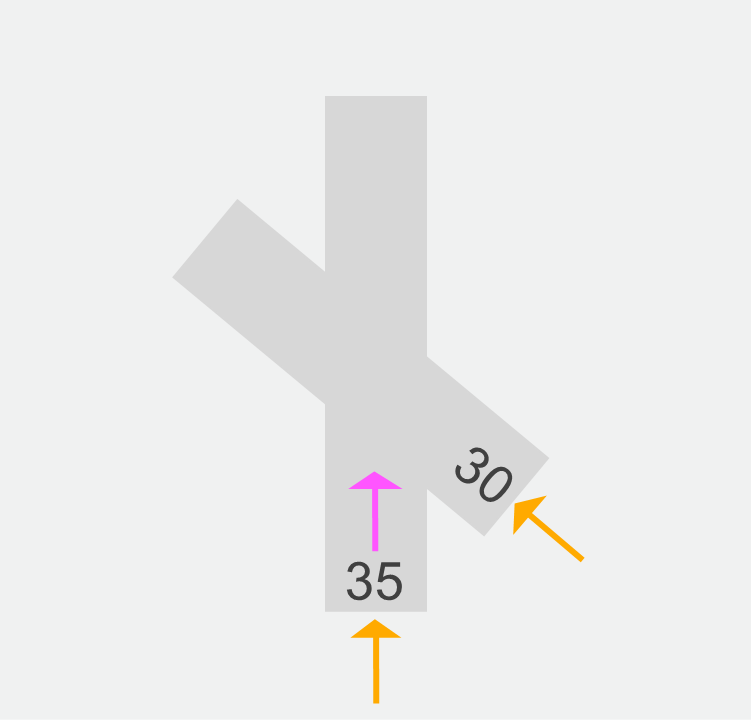
Priority 1.2: (Equal)
Arriving Runway 17 and departing Runway 35
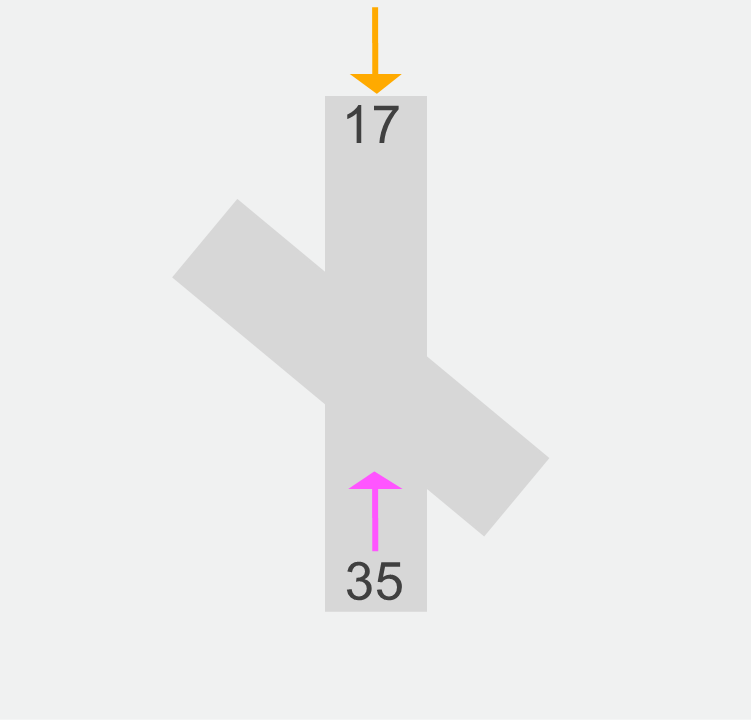
Priority 2:
Arriving Runway 12 and departing Runway 17
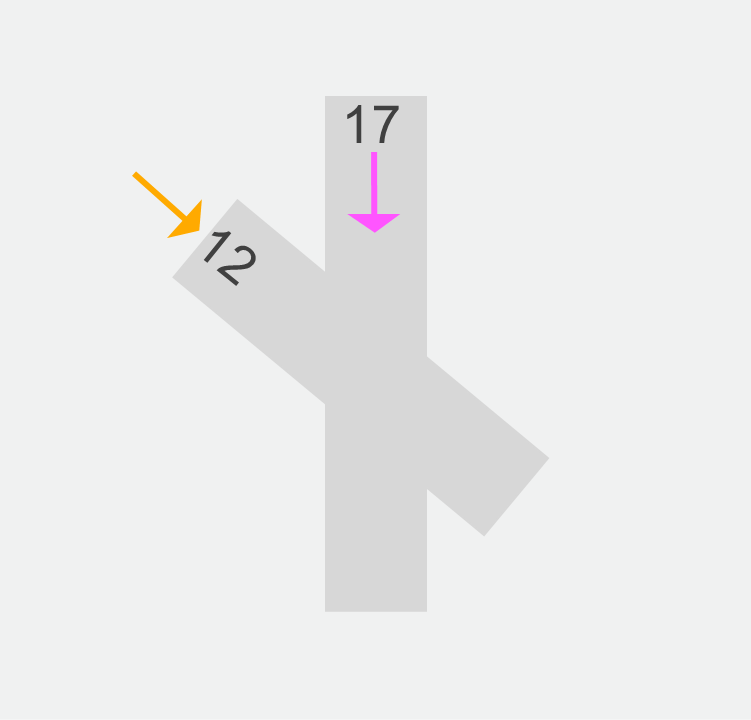
Priority 3:
Arriving Runway 12 or Runway 17 or Runway 30 or Runway 35, departing Runway 12 or Runway 30
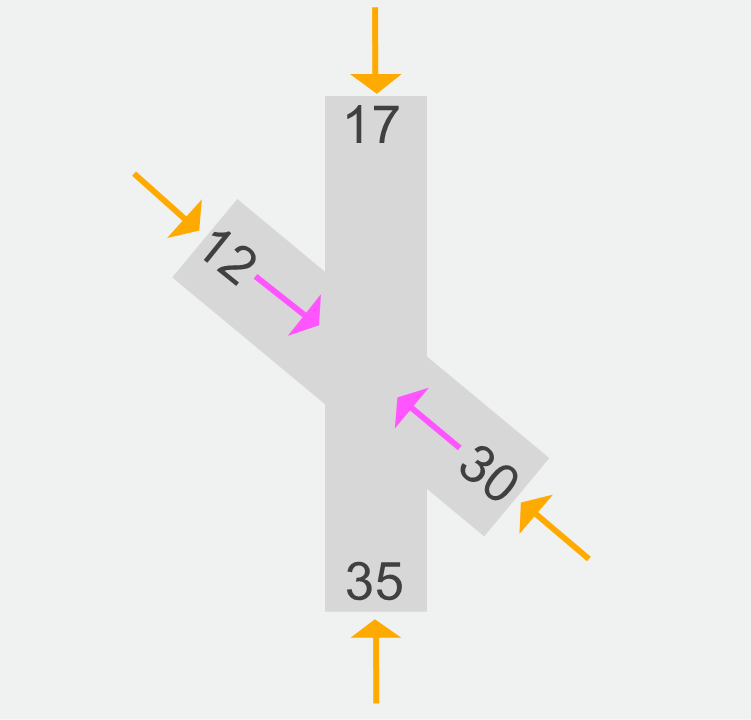
During the nighttime period (8pm-7am local):
Priority 1:
Arriving Runway 17, departing Runway 35
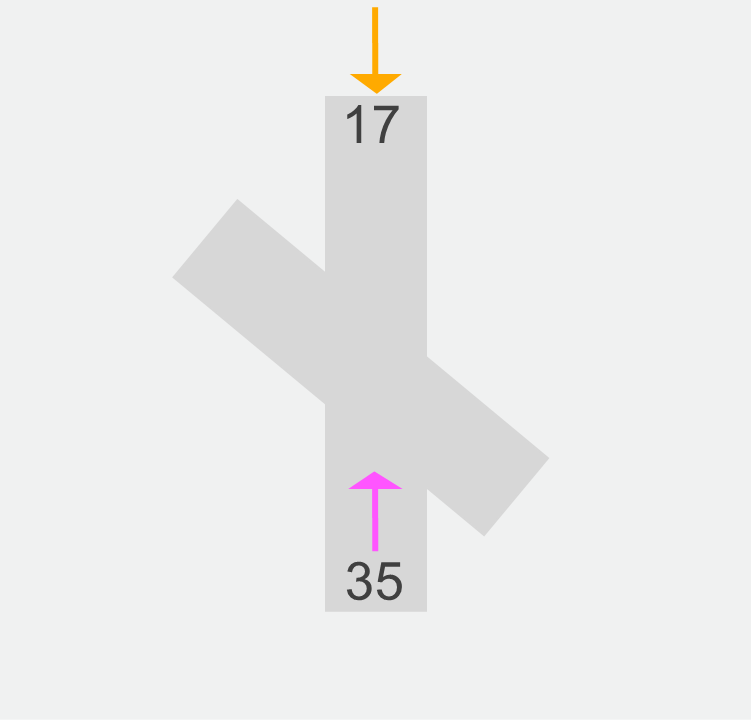
Priority 2.1: (Equal)
Arriving Runway 35, departing Runway 17
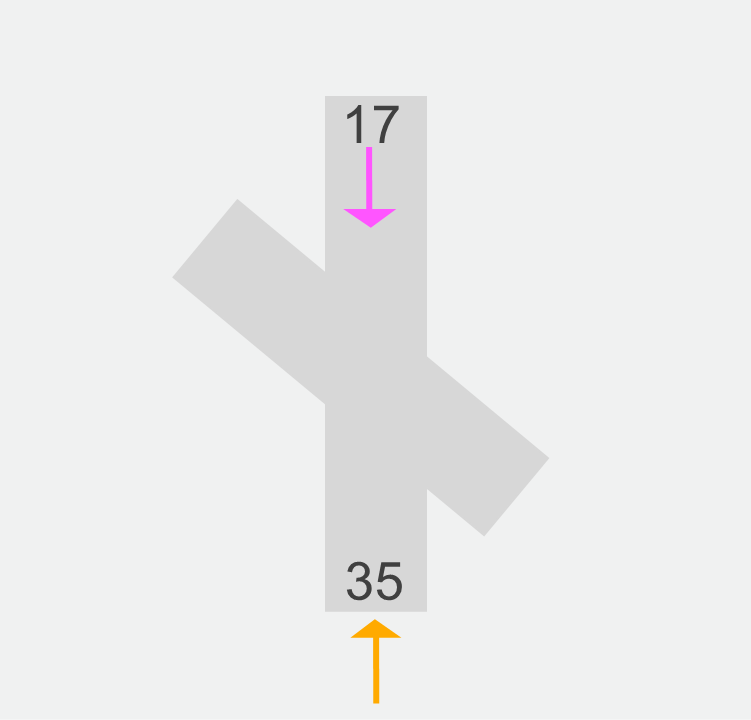
Priority 2.2: (Equal)
Arriving Runway 30, departing Runway 17
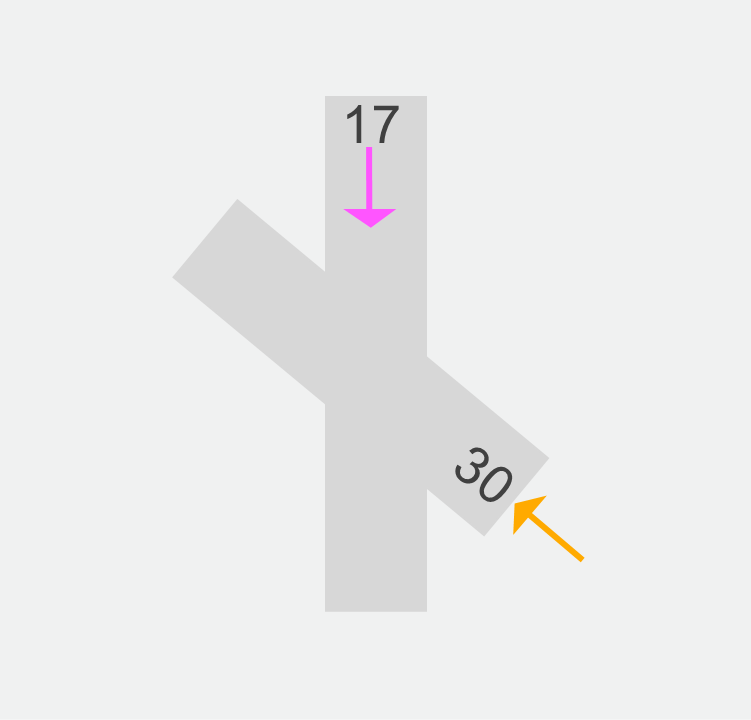
Priority 3:
Arriving Runway 12, departing Runway 12 or Runway 30
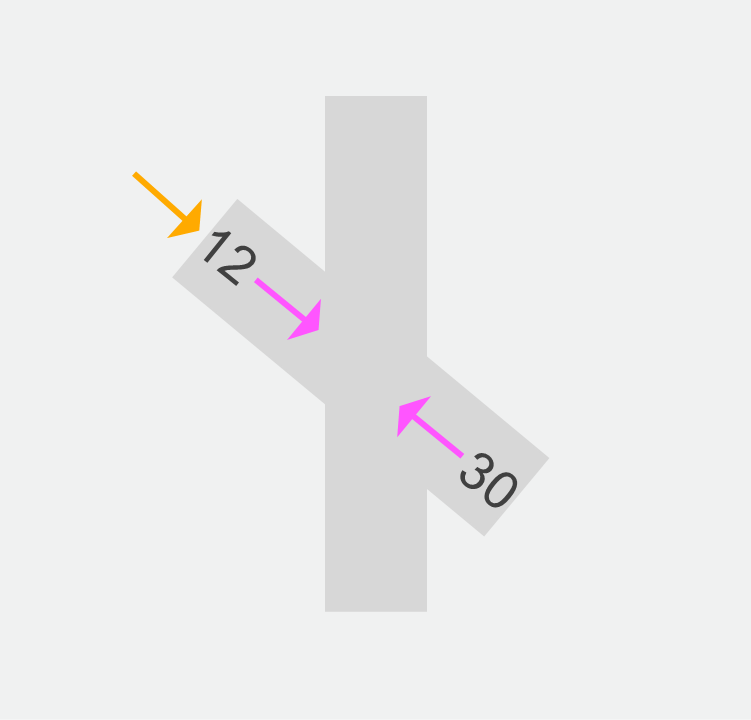
*Priority 3 applies only to departures
Weather, in particular wind speed and direction, is generally the main factor in determining which runways are in use, as aircraft operate safest when taking off and landing into the wind. Air traffic control (ATC) will determine the optimal runway to be used based on wind and weather conditions, type of aircraft, traffic conditions and runway availability. Pilots can also request a runway that is best suited to the capability of their aircraft.
ATC monitor wind and runway selection at all times, as weather conditions can quickly change. Once the runway is chosen, it needs to be available for an extended time to allow pilots to plan their descent, approach and landing. As this involves predicting developing weather, aircraft may continue to land on a runway when local weather conditions no longer appear to require it.
For more information on runway selection and seasonal winds, please visit this page.
The report below provides the percentage use for each operating mode during daytime and night-time periods for each month and a daily breakdown across the month (hover over each day in the column graph and the mode, the number of movements and the percentage use on that day will appear). “Other Operations” refers to modes used when preferred modes are not available, due to things like runway works, adverse weather and emergency situations.
The report is best viewed in full screen mode.
Note: Due to rounding, percentage values may not sum to exactly 100.0%. Minor discrepancies of up to ±0.1% are expected and do not indicate any errors in the underlying absolute figures, which remain accurate and unaffected.
